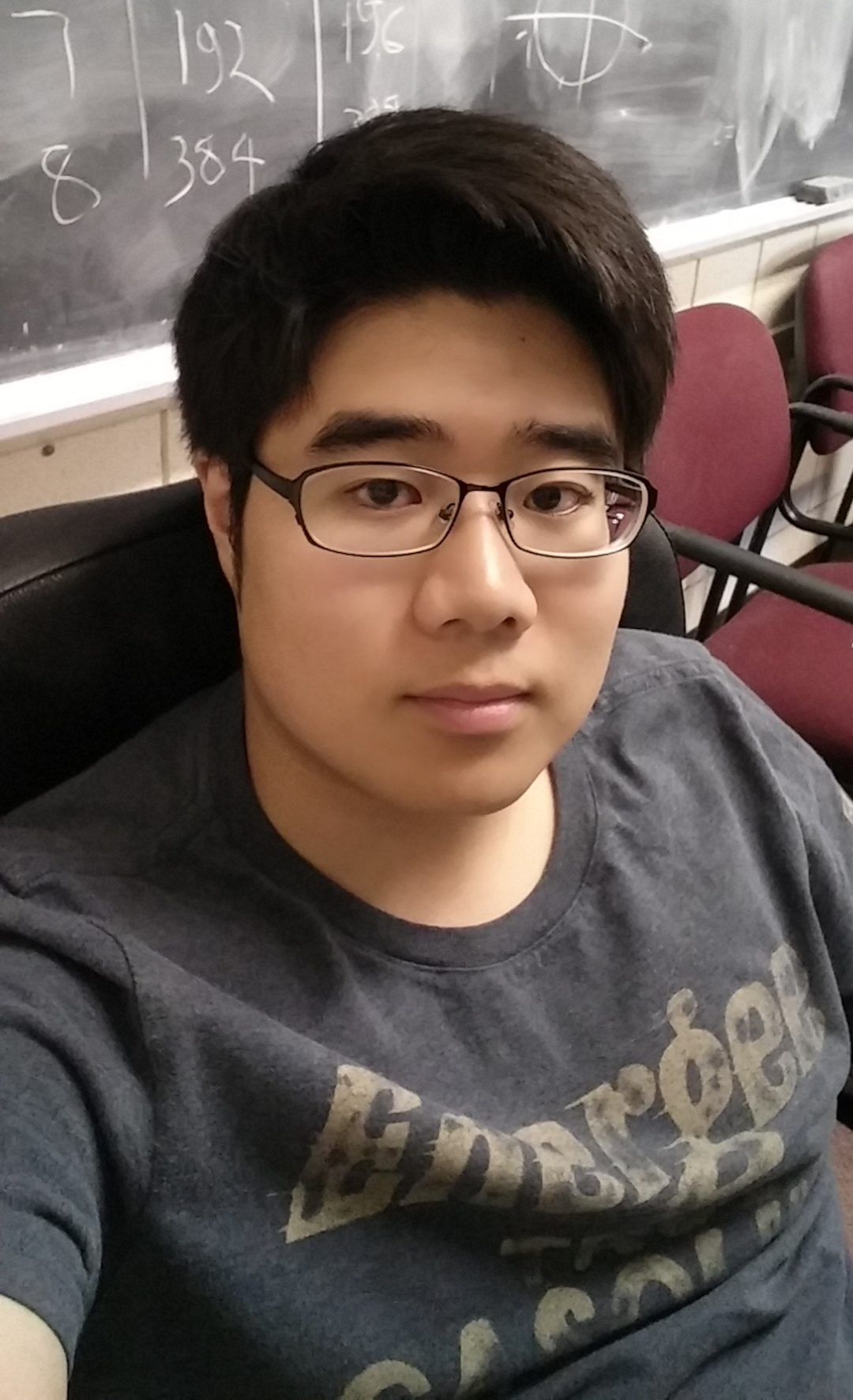GTOC 9: Results from the Astrodynamics Research Group of Penn State
Published in Acta Futura, 2018
Presented in this paper are methods and results of the Astrodynamics Research Group of Penn State (ARGoPS) for the 9th Global Trajectory Optimization Competition. The optimization strategy utilized a beam search method to determine the optimal sequence of missions and transfers between debris, including the order in which to visit each group, the timing of each visit throughout the mission window in order to minimize the number of missions, and the total cost per transfer. Particle Swarm Optimization (PSO) was applied to the optimized ordering of debris visits in order to determine the departure date and timeof-flight combination which best minimize the fuel required for each transfer. This method led to a solution that collected all 123 pieces of debris from their Sun-sychronous orbits in 20 total missions.
Recommended citation: D. Conte, A. Goodyear, J. Reiter, G. Paik, et al. (2018). "GTOC 9: Results from the Astrodynamics Research Group of Penn State." Acta Futura. Issue 11 on The Kessler Run (pp. 109-115)
Download Paper
